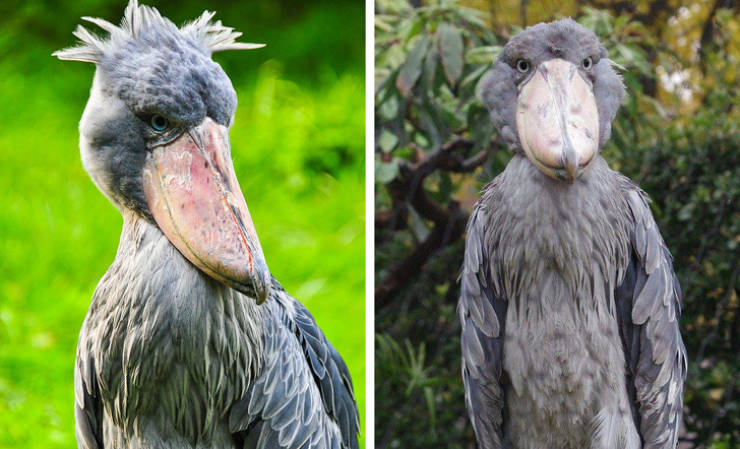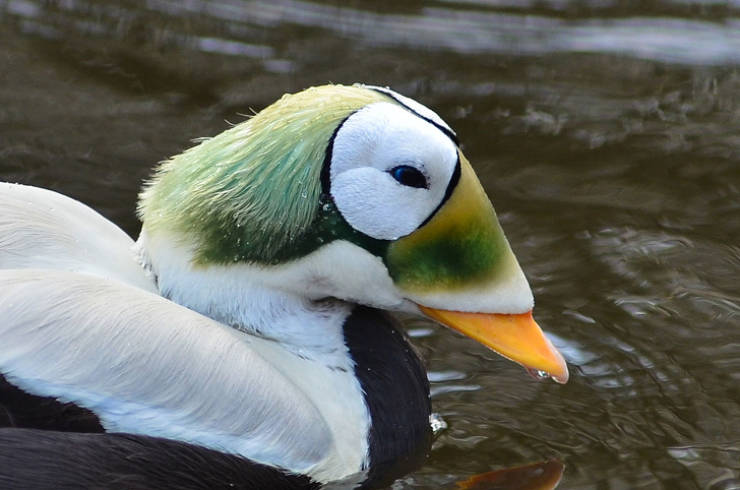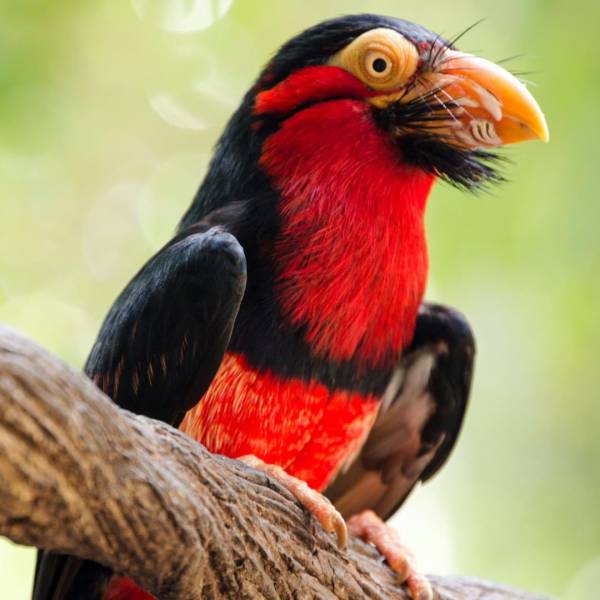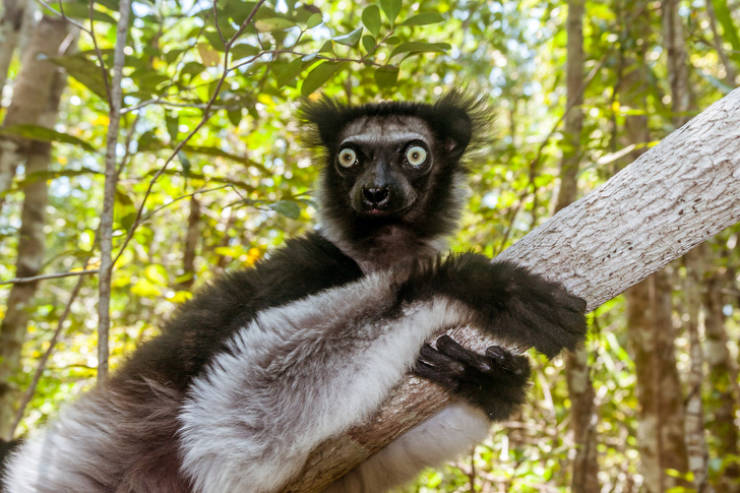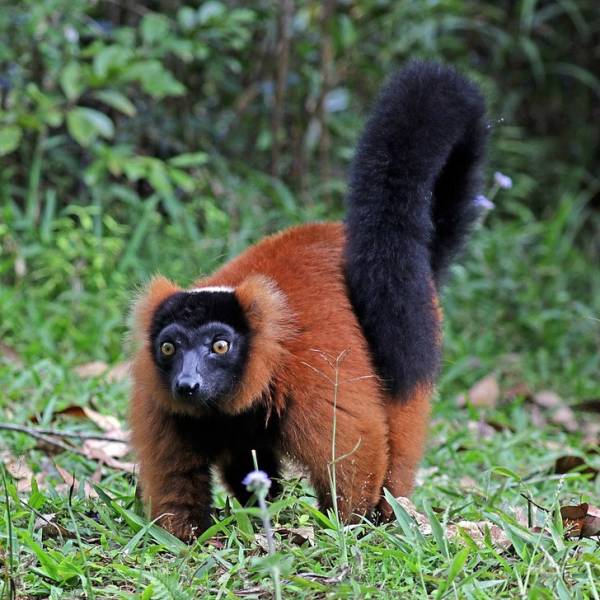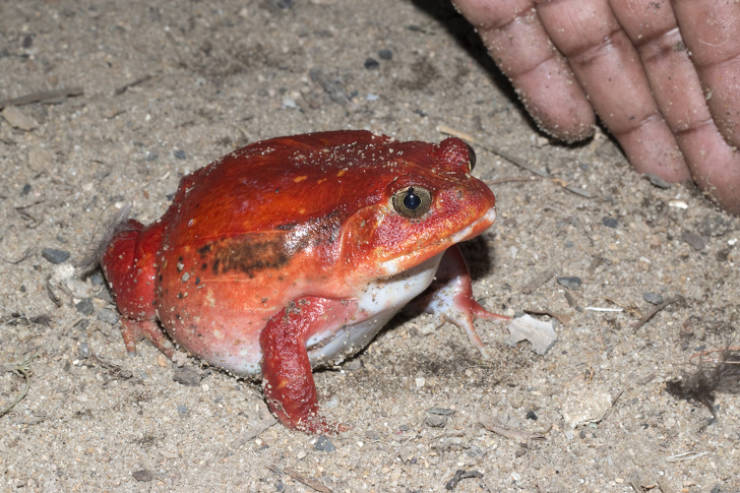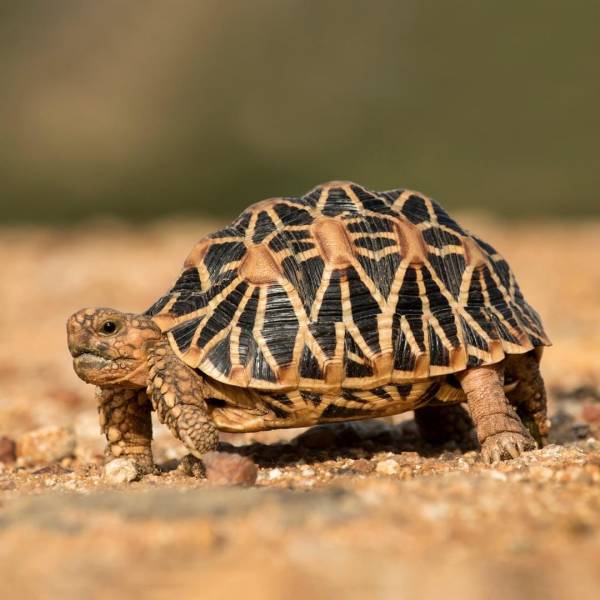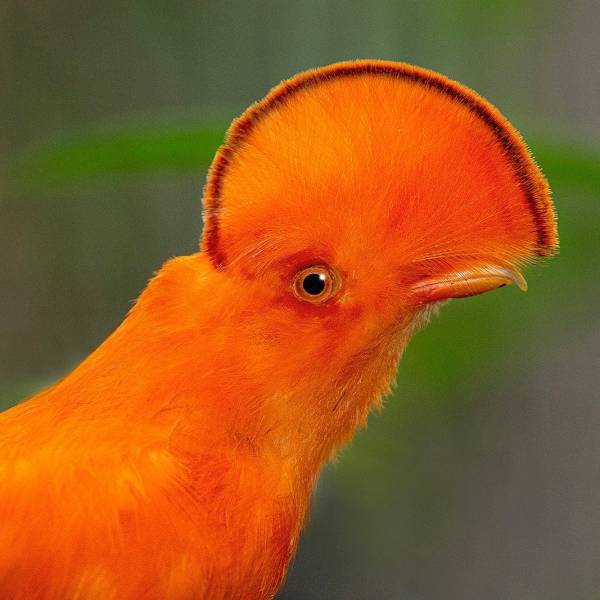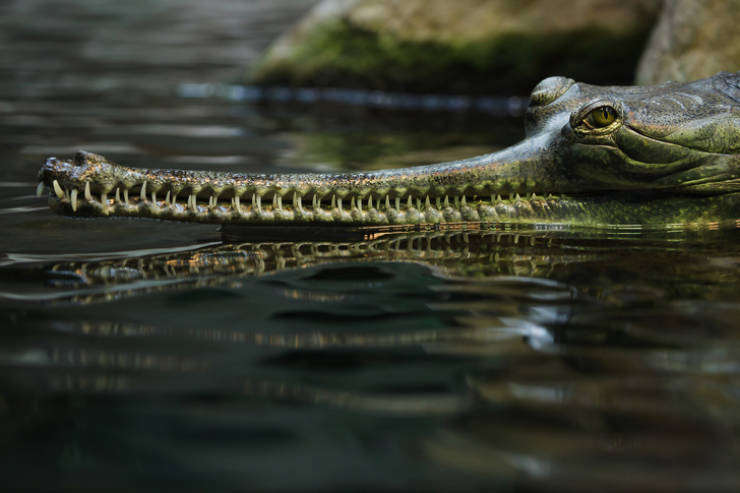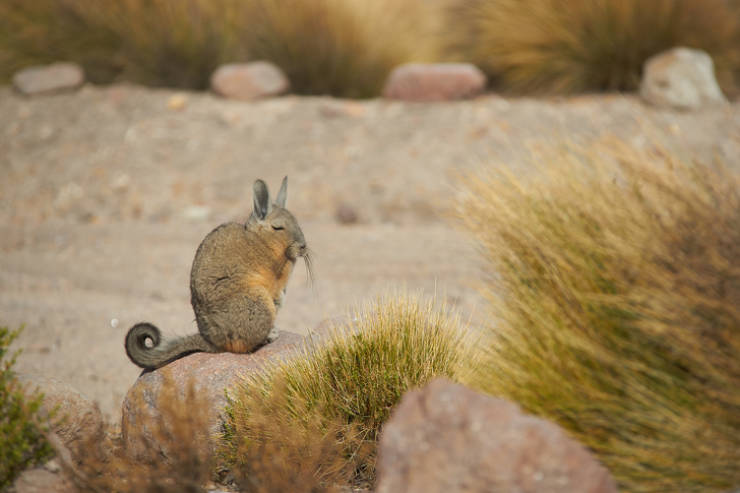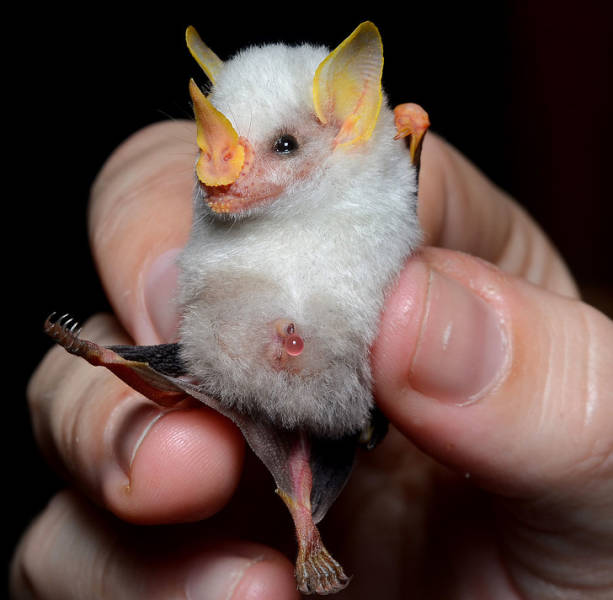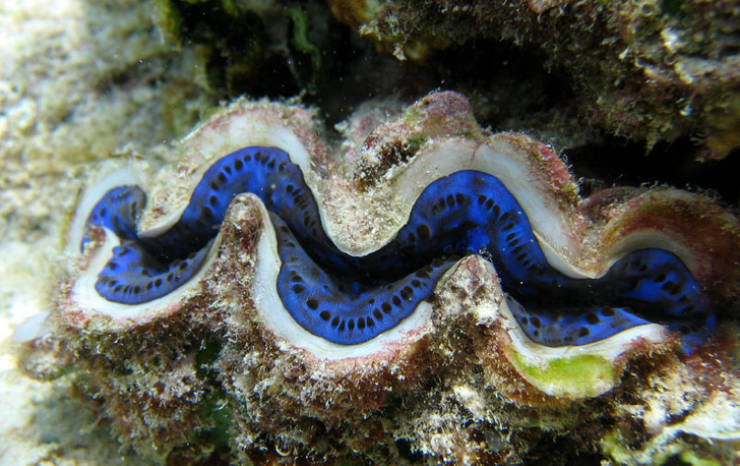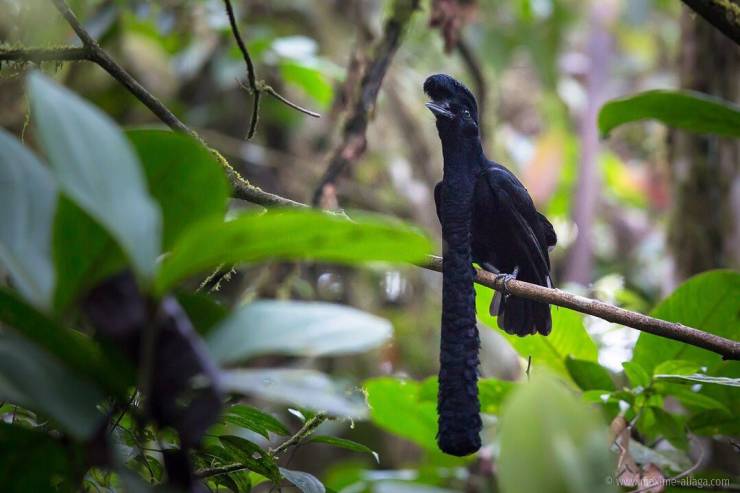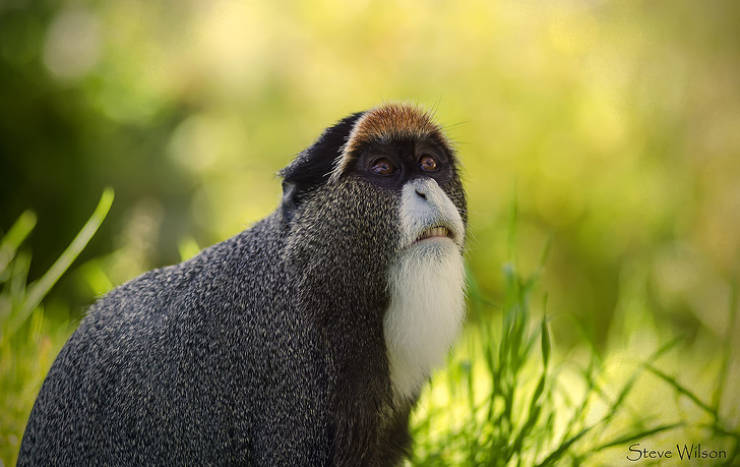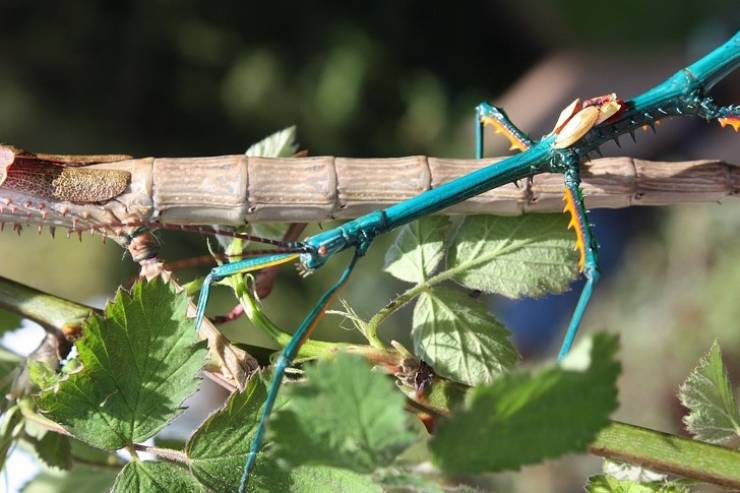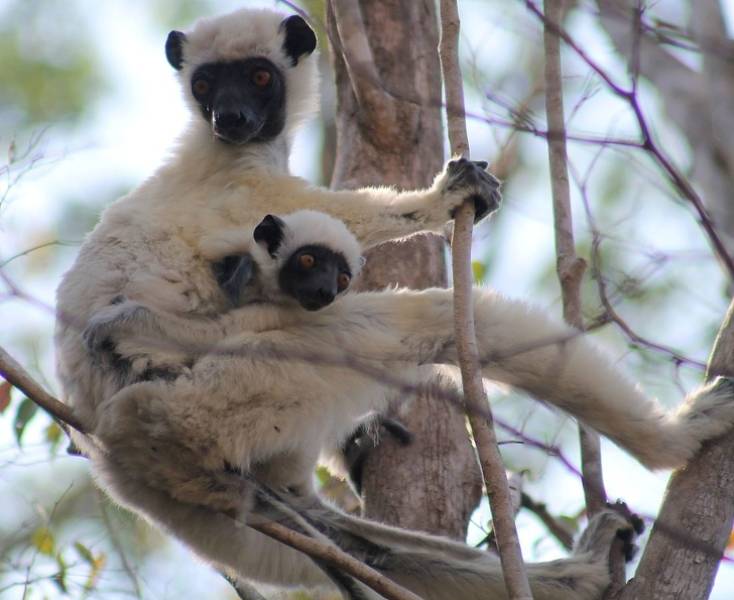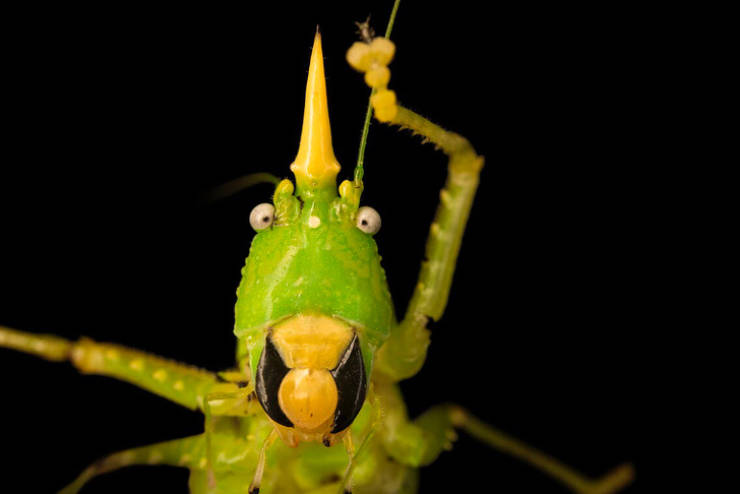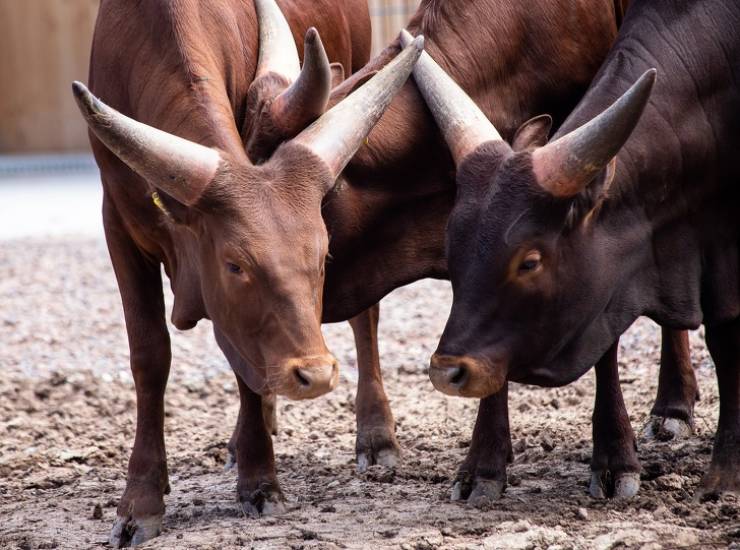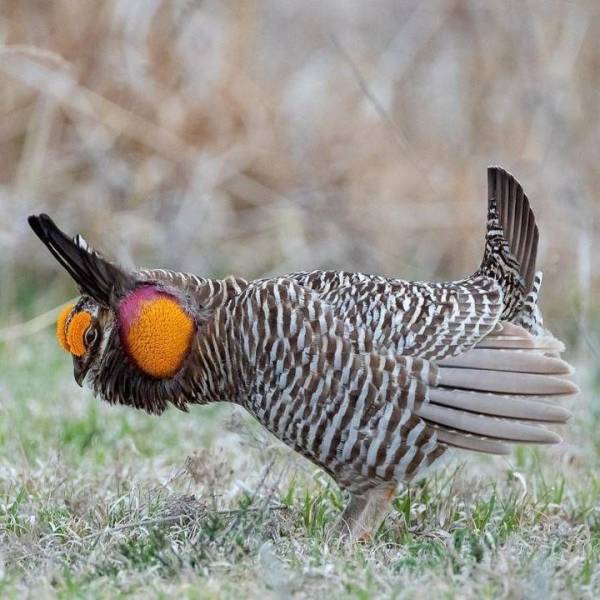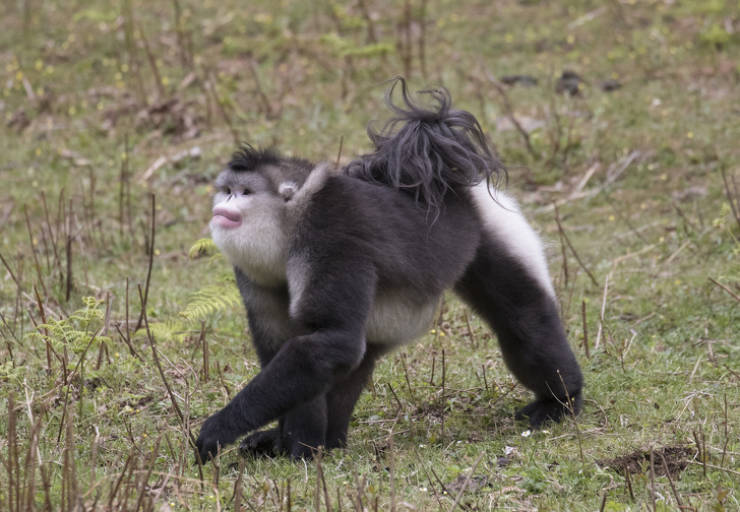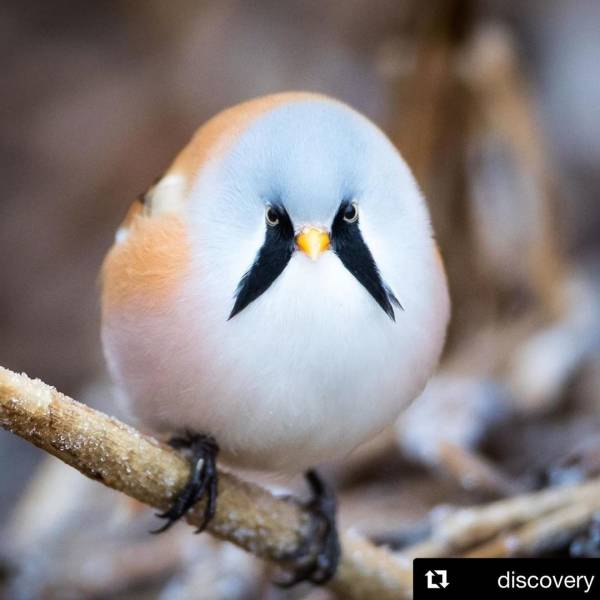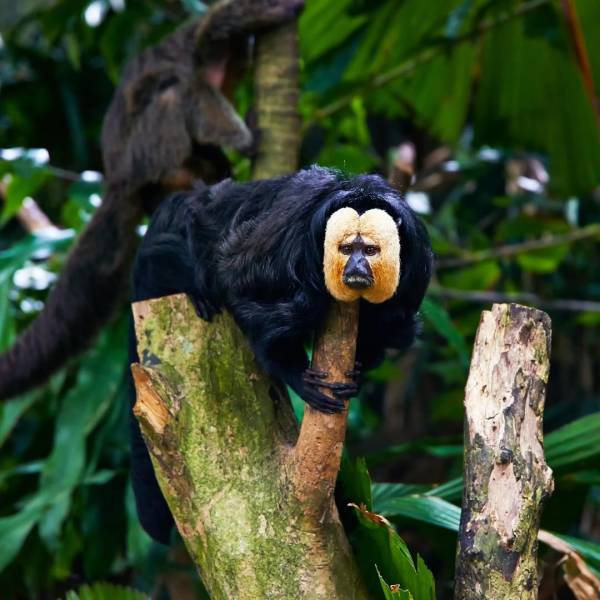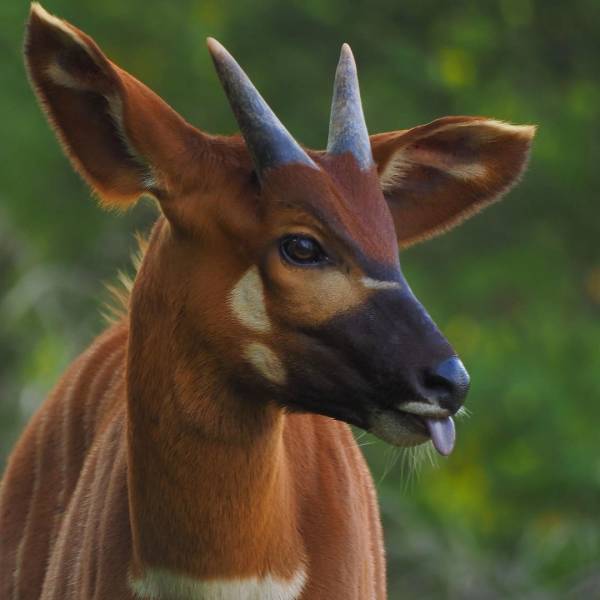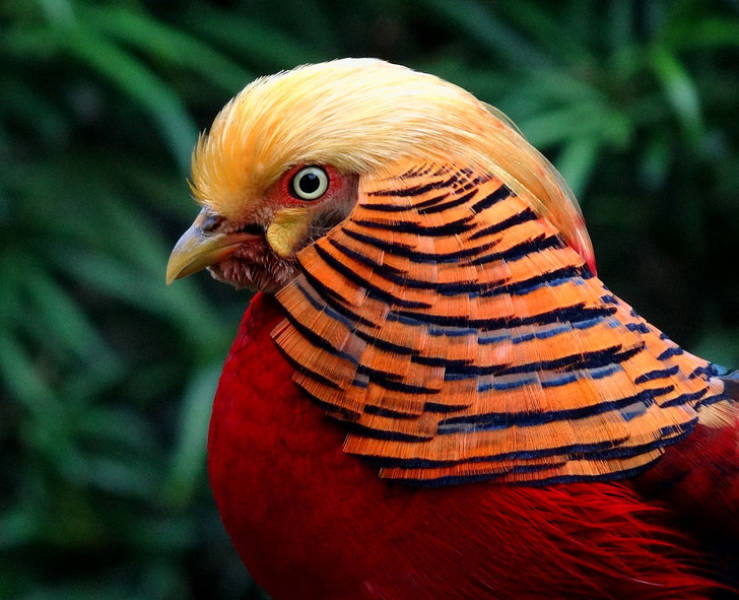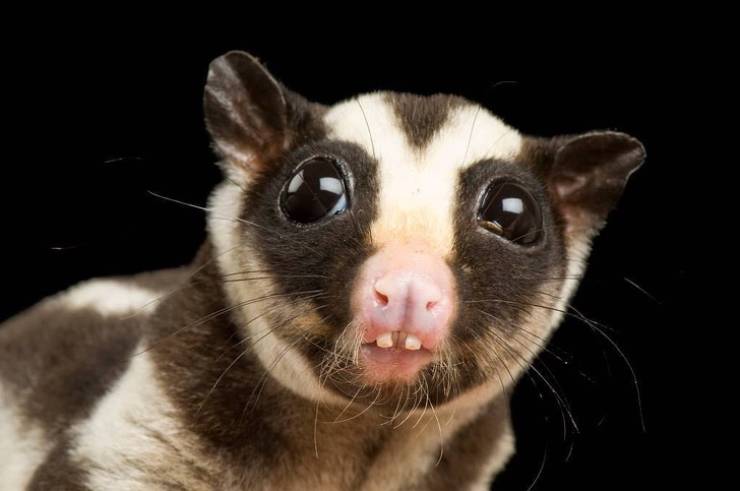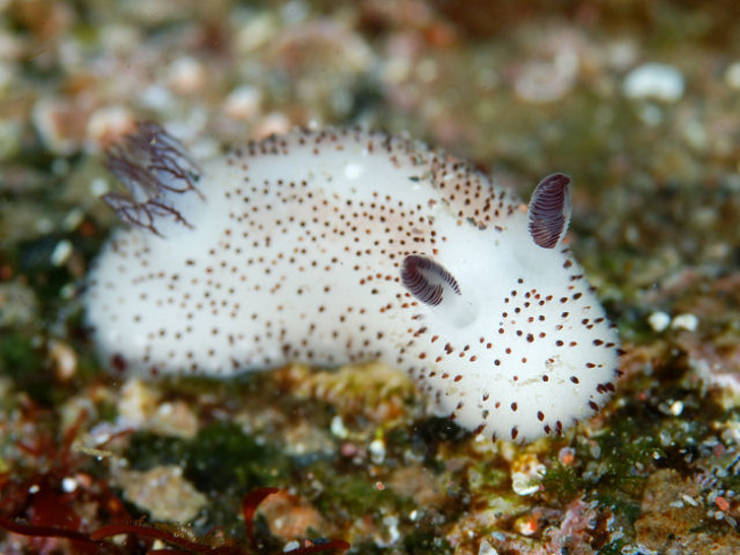This shoe-billed stork looks like a person in a bird suit.
This Spectacled Eider lives in Alaska and Siberia.
In order to make unwanted guests leave, cotton-top tamarins lift their tails and show their butts and their genitals to them.
This is a bearded barbet from the African barbet family.
Indry, the largest lemur currently in existence
The red ruffed lemur that only lives in Madagascar
The tomato frog produces a special venomous chemical that can glue a predator’s jaws shut.
The radiated tortoise is protected by a special law.
The Andean cock-of-the-rock is one of the unofficial symbols of Peru.
Gharials only eat fish, which is why they have such narrow jaws.
Southern viscacha, a rodent in the family Chinchillidae
Leaf-tail geckos usually eat insects, but sometimes they can eat other lizards.
The Honduran white bat doesn’t have a tail.
Tridacna can live up to 200 years.
The long-wattled umbrellabird from the Cotinga family
De Brazza’s monkey was named after the Italian-French explorer Pierre Savorgnan de Brazza.
Stick insect from the Phasmids family
Von der Decken’s sifaka is named after the first European person that climbed Kilimanjaro.
The Greek letter φ originated from the Ancient Egyptian hieroglyphs that represented the Saharan horned viper.
Sea pens are colonial marine cnidarians belonging to the order Pennatulacea.
A unicorn katydid from the Orthoptera family
The Ankole-Watusi African cow has horns that are used for thermoregulation and not for attacking.
The Greater prairie chicken from the grouse family
The black-and-white snub-nosed monkeys live in the Himalayas. They can climb up to 4,700 m above sea level.
Bearded reedlings choose one partner for their whole lives
The white-faced saki is a species of the New World saki monkey.
Sarada lizard from the Agamidae family
This is a bongo bovidae.
Portrait of a Golden Pheasant
This striped possum is a marsupial.
Jorunna parva is a sea slug that is nicknamed the sea rabbit.

